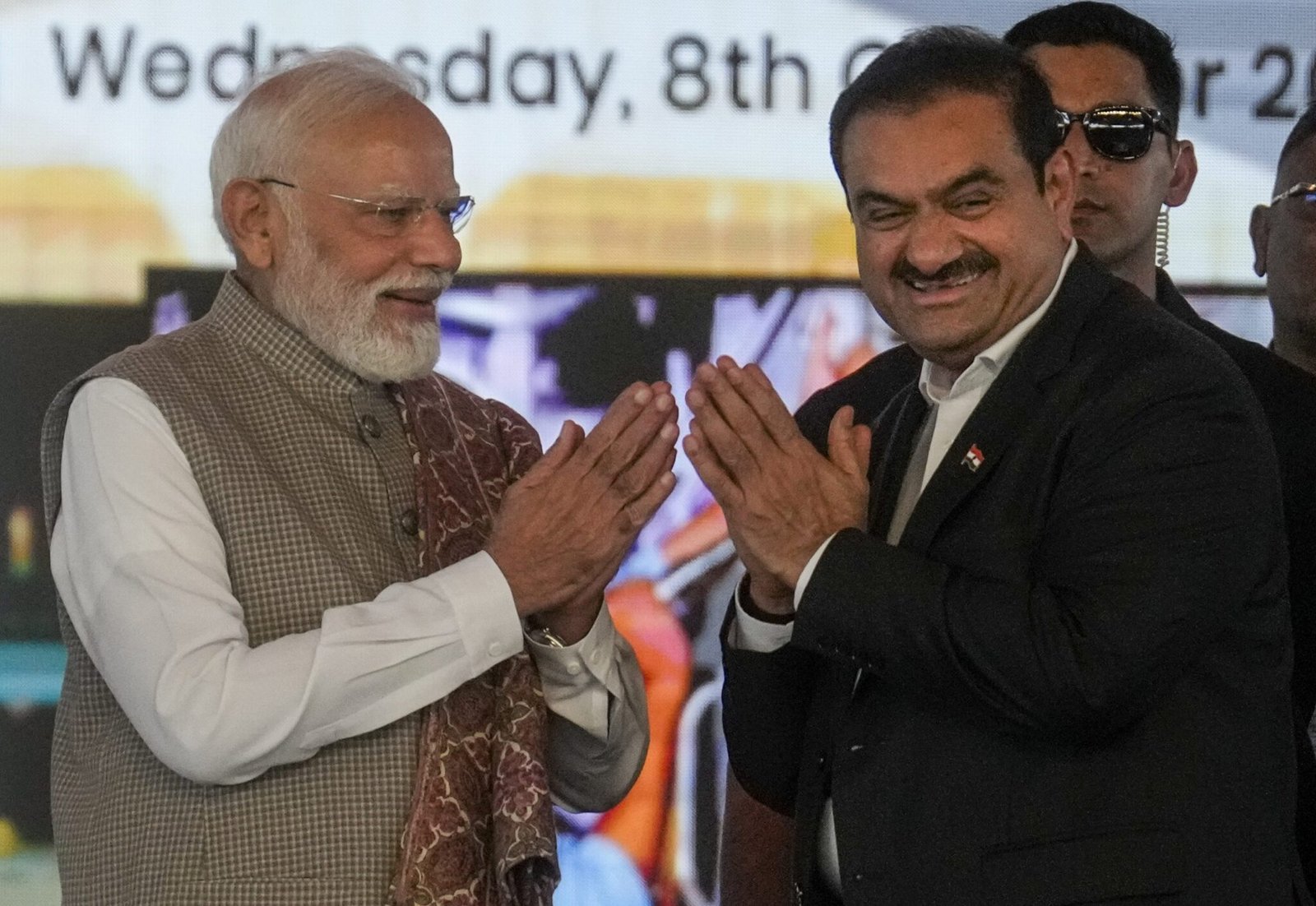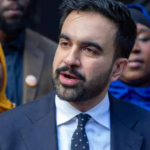Shah J. Choudhury | New York October 27, 2025
India’s Life Insurance Corporation (LIC), a state-owned entity primarily responsible for providing life insurance to poor and rural families, has come under scrutiny for a proposed $3.9 billion investment in businesses owned by billionaire Gautam Adani, India’s second-richest man. The investment plan, reportedly directed by government officials, comes amid ongoing legal and financial challenges facing Adani, including U.S. bribery and fraud charges.
According to internal documents obtained by The Washington Post, the proposal, drafted in May 2025 by officials from India’s Department of Financial Services (DFS) and coordinated with LIC and the government think tank NITI Aayog, aimed to channel taxpayer funds into Adani’s conglomerate. The plan’s stated objectives included “signaling confidence in the Adani group” and “encouraging participation from other investors,” at a time when the company faced rising debt and financial uncertainty.
Critics have decried the move as a misuse of public funds, highlighting concerns about crony capitalism and political favoritism. “This government supports Adani and will not allow any harm to come to it,” said Hemindra Hazari, a Mumbai-based corporate finance expert.
The Adani Group has denied any preferential treatment, asserting that LIC invests across multiple corporate groups and that its growth predated Prime Minister Narendra Modi’s tenure. LIC, DFS, and Modi’s office did not respond to multiple requests for comment.
Analysts warn that such transactions, if politically influenced, could undermine public confidence in state institutions and highlight the blurred lines between government support and corporate interests. The controversy adds to a series of scandals involving Adani Group, including accusations of stock manipulation by Hindenburg Research in 2023, though the company has denied wrongdoing.
The LIC investment, intended to refinance bonds and expand stakes in Adani subsidiaries, underscores the billionaire’s continued influence within the Indian government and raises broader questions about the role of taxpayer funds in supporting politically connected business empires.







